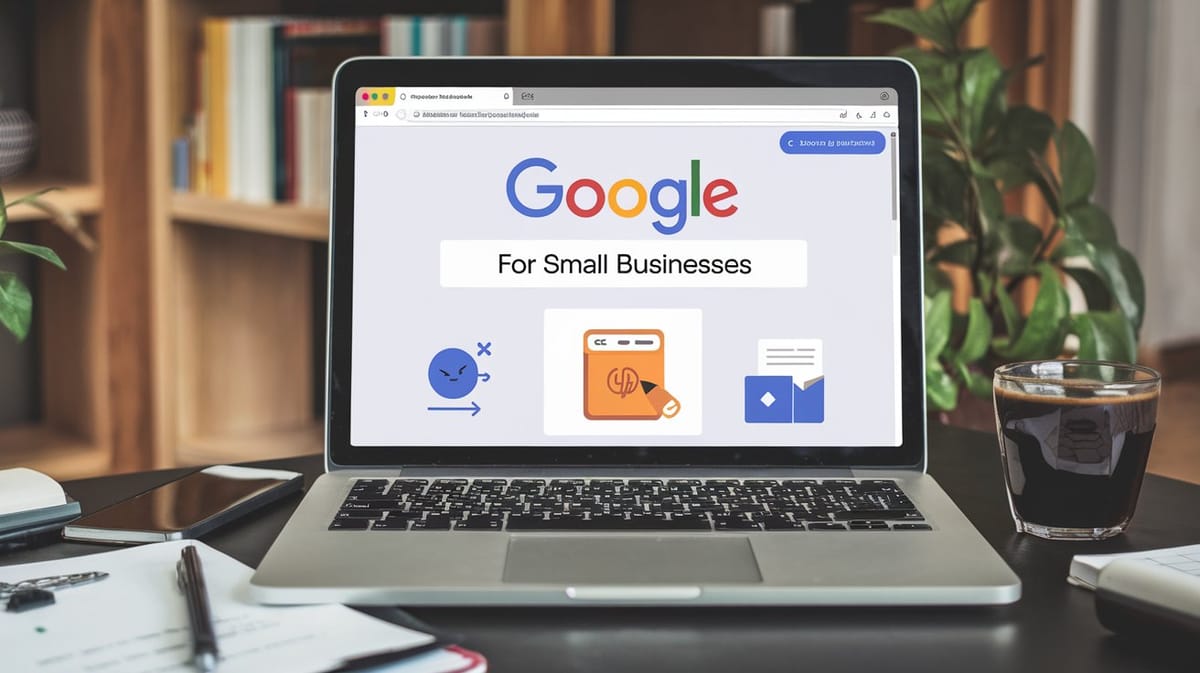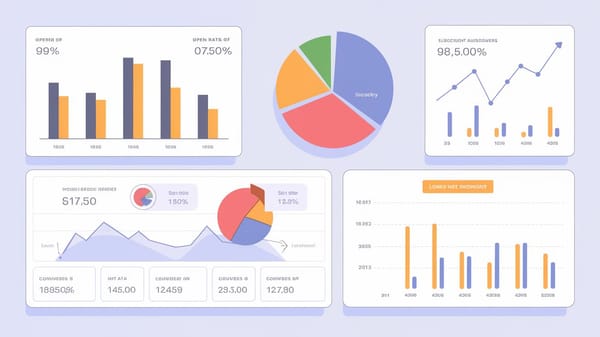How to Generate Organic Visits for Google Business Profile: A Guide For Small Businesses

Google rankings—the holy grail of online visibility. If you're a small business owner, you’ve probably heard the phrase “organic search rankings” tossed around like confetti at a wedding. But what does it actually mean? And more importantly, how can you, with your modest budget and endless to-do list, climb the Google ladder without losing your sanity? Fear not, my friend. This guide will walk you through the ins and outs of improving your organic position on Google, step by step. Grab your coffee, and let’s dive in!
You can also visit Oncely.com to find more Top Trending AI Tools. Oncely partners with software developers and companies to present exclusive deals on their products. One unique aspect of Oncely is its “Lifetime Access” feature, where customers can purchase a product once and gain ongoing access to it without any recurring fees. Oncely also provides a 60-day money-back guarantee on most purchases, allowing customers to try out the products and services risk-free.
Oncely are hunting for the most fantastic AI & Software lifetime deals like the ones below or their alternatives:

Why Organic Search Rankings Matter
Let’s face it: if your business isn’t on Google, do you even exist? Studies show that 49% of small businesses in the U.S. don’t invest in SEO, leaving a treasure trove of traffic, customers, and revenue on the table. Organic search rankings are crucial because they determine how easily potential customers can find you when they search for products or services you offer.
Think about it: when was the last time you clicked on the second page of Google search results? Exactly. Ranking higher on Google means more visibility, more clicks, and ultimately, more sales. And the best part? Organic traffic is free! You don’t have to pay for ads—just roll up your sleeves and optimize your website like a pro.
Step 1: Master the Basics of SEO
Keywords Are Your New Best Friend
Keywords are the foundation of SEO. These are the words or phrases people type into Google when searching for something. For example, if you run a bakery in Chicago, keywords like “best cupcakes in Chicago” or “gluten-free bakery near me” are what you want to rank for.
Use tools like Google Ads Keyword Planner (it’s free!) to find keywords with decent search volume and low competition. Pro tip: Long-tail keywords (phrases with three or more words) are easier to rank for and often have higher conversion rates.
Optimize Your Website
Once you’ve identified your keywords, sprinkle them strategically across your website. This includes:
- Title Tags: The clickable headline that appears in search results.
- Meta Descriptions: A brief summary of your page’s content.
- Headers: Use H1, H2, and H3 tags to structure your content.
- Alt Text: Describe images using keywords to improve accessibility and rankings.
And don’t forget to make your website mobile-friendly! With over 60% of searches happening on mobile devices, Google prioritizes mobile-optimized sites.
Step 2: Claim and Optimize Your Google Business Profile
For small businesses, especially brick-and-mortar ones, your Google Business Profile (formerly Google My Business) is a game-changer. This free tool helps you manage your online presence across Google Search and Maps.
Tips to Optimize Your Profile:
- Complete All Information: Add your business name, address, phone number (NAP), hours, and website.
- Add Photos: High-quality images of your storefront, products, and team can make a big difference.
- Encourage Reviews: Businesses with more positive reviews rank higher. Pro tip: Add a QR code linking to your review page on receipts or invoices.
Step 3: Create High-Quality Content
Content is king, queen, and the entire royal family of SEO. Google’s algorithms, especially after the August 2024 Core Update, prioritize content that offers genuine value and relevance.
What Makes Content High-Quality?
- Informative: Answer your audience’s questions.
- Engaging: Use visuals, infographics, and a conversational tone (like this one!).
- Optimized: Incorporate keywords naturally—don’t stuff them in like a Thanksgiving turkey.
Consider starting a blog. For example, if you’re a florist, write posts like “5 Tips for Keeping Your Roses Fresh” or “The Best Flowers for Every Occasion.” Not only will this attract visitors, but it also establishes you as an expert in your field.
Step 4: Build Backlinks
Backlinks are like votes of confidence from other websites. When reputable sites link to your content, Google sees your website as trustworthy and ranks it higher.
How to Get Backlinks:
- Guest Blogging: Write articles for other websites in your niche.
- Collaborations: Partner with local businesses or influencers.
- Create Shareable Content: Infographics, how-to guides, and original research are backlink magnets.
Remember, quality trumps quantity. A single link from a high-authority site is worth more than 50 links from sketchy websites.
Step 5: Leverage Free and Paid SEO Tools
Why do all the heavy lifting yourself when there are tools to make your life easier? Here are some top picks:
- Google Search Console (Free): Monitor your website’s performance, track keywords, and fix indexing issues.
- SEMrush (Paid): An all-in-one tool for keyword research, competitor analysis, and backlink tracking.
- Yoast SEO (Free/Paid): A WordPress plugin that helps optimize your content for search engines.
Step 6: Focus on Local SEO
If your business serves a specific area, local SEO is your secret weapon. Here’s how to dominate local search results:
- Consistency is Key: Ensure your NAP information is identical across all directories.
- Local Landing Pages: Create pages tailored to specific locations you serve.
- Citations: Get listed on local directories like Yelp and TripAdvisor.
Fun fact: Local search results often include a “Snack Pack” (the top three listings on Google Maps). Aim to land in this coveted spot.
Step 7: Monitor and Adjust
SEO isn’t a one-and-done deal—it’s an ongoing process. Use analytics tools to track your progress and identify areas for improvement. Keep an eye on metrics like:
- Organic traffic
- Click-through rate (CTR)
- Bounce rate
- Keyword rankings
And don’t be afraid to experiment. If something isn’t working, tweak it and try again.
Conclusion
Improving your organic position on Google might seem like climbing Mount Everest, but with the right strategies, it’s more like a brisk hike (with snacks, of course). By mastering SEO basics, optimizing your Google Business Profile, creating high-quality content, and leveraging tools, you can boost your visibility and attract more customers.
Remember, SEO is a marathon, not a sprint. Stay consistent, keep learning, and watch your rankings soar. Now go forth and conquer Google—your customers are waiting!





